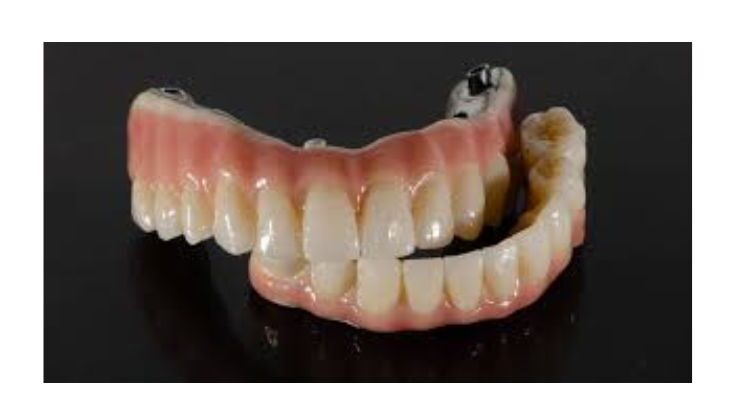When considering dental implants as a solution for tooth replacement two prominent options that often come up for comparison are All on four dental implants and traditional implants. Both offer effective ways to restore a smile and improve oral function but they differ in several key aspects including procedure benefits and suitability for different patient needs.
Procedure and Placement
Traditional Implants:
Traditional dental implants involve placing individual titanium posts into the jawbone where teeth are missing. This process typically requires adequate bone density and often necessitates bone grafting if the jawbone has deteriorated. After the implants are placed a healing period of several months is needed to allow the implants to integrate with the bone (osseointegration). Once the integration is complete abutments are placed on the implants and then prosthetic teeth (crowns or bridges) are attached.
all on 4 Implants:
all on 4 implants are designed for patients who are missing a full arch of teeth or have failing teeth that need to be replaced. Instead of placing individual implants for each missing tooth all on 4 uses just four implants strategically placed in areas of the jawbone with the highest bone density and volume. This reduces the need for bone grafting in many cases and allows for immediate attachment of a temporary or provisional prosthetic on the same day as the surgery. After the implants have fully integrated with the bone a permanent set of teeth is fabricated and attached to the implants.
Benefits
Traditional Implants:
-
Versatility: Traditional implants can replace a single tooth multiple teeth or a full arch of teeth depending on the patient’s needs.
-
Longterm Success: With proper care traditional implants can last a lifetime.
-
Bone Preservation: Implants stimulate the jawbone helping to prevent bone loss and maintain facial structure.
all on 4 Implants:
-
Immediate Results: Patients can leave the dental office with a functional set of teeth on the same day as the implant surgery.
-
CostEffectiveness: all on 4 implants typically require fewer implants and less extensive surgery which can result in lower treatment costs compared to traditional implants.
-
Bone Preservation: Like traditional implants all on 4 implants help preserve the jawbone by providing stimulation through the implants.
Suitability
Traditional Implants:
-
Ideal for patients with adequate bone density and volume to support individual implants.
-
Suitable for those missing one or more teeth who want a durable longterm solution.
-
Requires multiple appointments and a longer overall treatment time compared to all on 4 implants.
all on 4 Implants:
-
Ideal for patients missing a full arch of teeth or those with extensive tooth loss and compromised bone density.
-
Suitable for patients looking for a quicker more streamlined treatment option with immediate aesthetic and functional benefits.
-
May not be suitable for patients with significant bone loss in the jaw although advancements in implant technology have expanded eligibility.
Considerations
Maintenance:
Both traditional implants and all on 4 implants require regular oral hygiene care including brushing flossing and routine dental visits. Proper maintenance is crucial for ensuring the longevity and success of the implants.
Cost:
Cost considerations vary based on individual treatment needs but generally all on 4 implants can be more costeffective initially due to the reduced number of implants and surgeries required. However longterm maintenance costs should also be considered.
Aesthetic Outcome:
Both types of implants can provide naturallooking results that restore a patient’s smile and facial aesthetics. The choice between traditional implants and all on 4 implants may depend on individual preferences and treatment goals.
Conclusion
In summary, both All on4 implants and traditional implants offer effective solutions for replacing missing teeth and restoring oral function and aesthetics. The choice between these options depends on factors such as the extent of tooth loss bone density treatment timeline preferences and budget considerations. Consulting with a qualified dental professional is crucial to determine the most suitable treatment plan tailored to individual needs and goals for long term dental health and satisfaction.
Read More ( Click Here )

